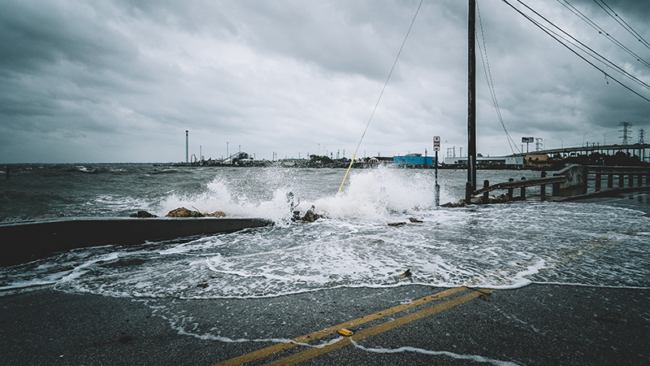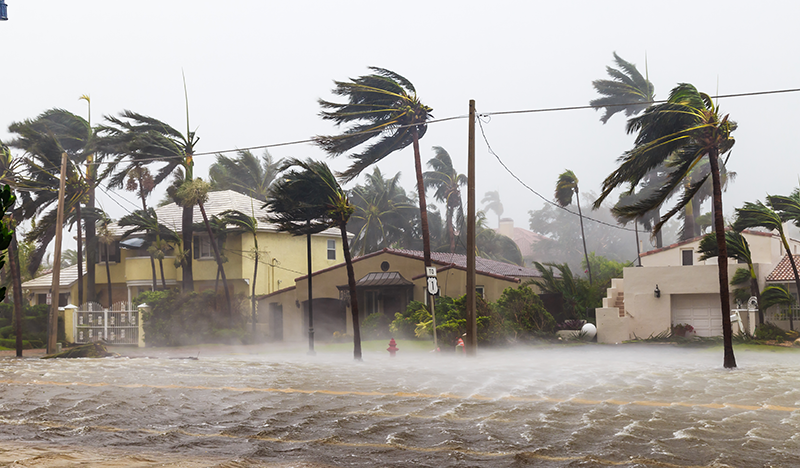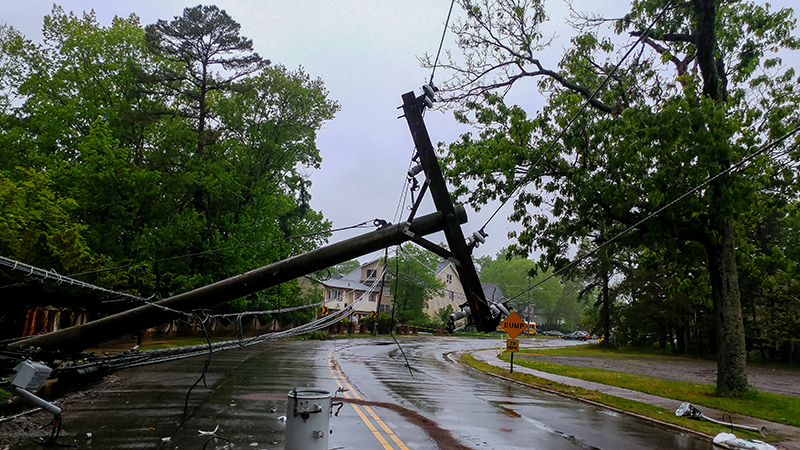Stay connected
Subscribe to our Inside WEX blog and follow us on social media for the insider view on everything WEX, from payments innovation to what it means to be a WEXer.

We are officially at the start of the Atlantic hurricane season, which began on June 1 and runs until November 30, 2023. The National Oceanic and Atmospheric Administration (NOAA) forecasts a “near-normal” hurricane season due to competing factors that can either suppress or fuel storm development, such as the high-probability of El Niño and the favorable conditions in the tropical Atlantic basin. We are projected to have between five and nine hurricanes, including one to four major hurricanes with wind speeds above 111 mph.
Let us consider how to best assess the damage to your business after a hurricane and quickly get on the road to recovery.

While stories of property loss are commonplace in the aftermath of a hurricane, the trucking industry is accustomed to handling storm recovery. By preparing a business continuity plan, you can best position your fleet to stay resilient throughout natural disasters. In addition, it is important to understand the heavy toll that damaged roads and flooded warehouses have taken on the industry during past hurricanes, as these are the areas where fleet managers have very little direct control. Even small regional damages can have large global effects by disrupting supply chains. As such, use these tips in your preliminary recovery steps following a hurricane to quickly and efficiently get your fleet back on the road.
Although we may not know the specific fleet costs that 2023 hurricanes will incur, we can learn from the impact of previous hurricanes on the industry in order to react and recover in a well-prepared manner.

The loss of power often experienced during hurricanes directly impacts the trucking industry by causing delays for processing, networking, and communications. The majority of what makes up fleet recovery is often a direct consequence of power outages.
As the hurricane season progresses, we may see further disruption in the trucking industry if more powerful storm surges occur. Disruptions stemming from natural disasters typically cause changes in supply, demand, cost, and overall flow patterns. Be aware of the time and reorganization efforts required to recover from a backup associated with larger, more damaging storms.
Fleet recovery is part of that overall disaster recovery and is aided with the help of reliable and experienced fleet partners like WEX. While trucking companies head out to stock warehouse inventories with consumer goods after a natural disaster, WEX works hard to get payments systems back in place and help your company manage relationships with vendors, partners, and suppliers in the aftermath of a storm. WEX also helps you manage expenses after a natural disaster with immediate cash-flow and fleet card resources. If you are an owner-operator or manage an over-the-road (OTR) fleet, WEX offers factoring solutions that can give your company the financing that it needs to survive business disruptions and quickly rebuild lost infrastructure.
Take on this hurricane season and prepare your fleet for future natural disasters by partnering with WEX to ensure a speedy fleet recovery and minimal fleet costs.
To learn more about WEX, a dynamic and nimble global organization, please visit our About WEX page.
Editorial note: This article was originally published on September 16, 2019, and has been updated for this publication.
Sources:
National Oceanic and Atmospheric Administration
Forbes
Business Insider
WLRN Miami Radio
ABC News
Subscribe to our Inside WEX blog and follow us on social media for the insider view on everything WEX, from payments innovation to what it means to be a WEXer.